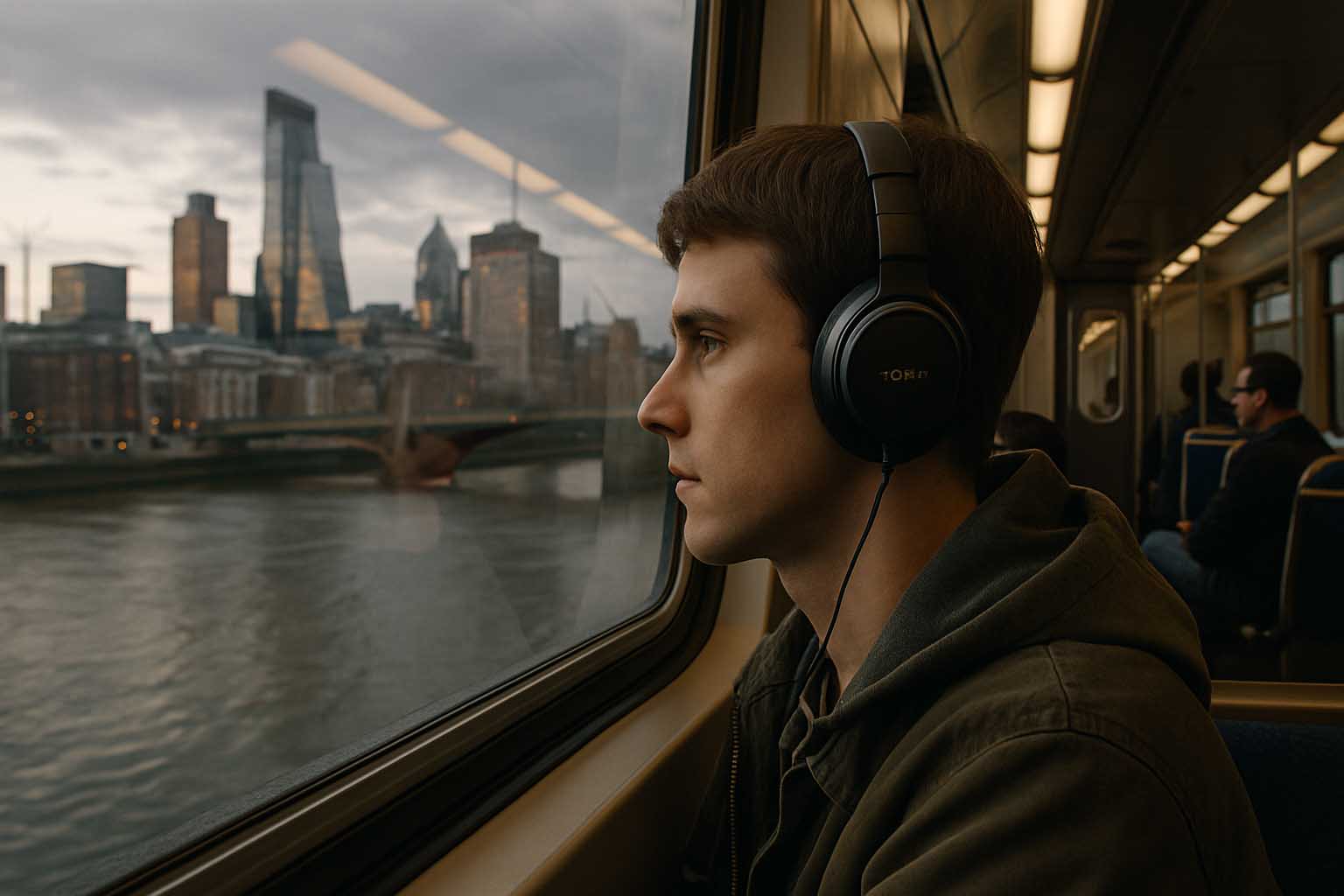The Unseen Way of Communicating Without Words
A Fresh Start
People often ask how one can hold the attention of others without using speech. In our busy lives, every look and movement expresses thoughts that may not be spoken. These quiet signals are a key part of our Sensory City, shaping our daily relationships and understanding of those around us. This topic matters a lot for anyone who wants to understand human interactions on a deeper level.
The Value of Silent Expression
Communication is more than just the words we choose. Every glance, smile, or shift in posture shares a story. Often, these signals reveal much about our moods and intentions without a single word being spoken. You might notice a friend’s slight gesture when they feel uneasy or see a coworker’s calm expression when they are confident. Such clues help us understand each other in ways that plain language does not always capture.
When you pay attention to these cues, you begin to understand people better. These signals are vital in settings ranging from friendly conversations to professional meetings. They help to form genuine bonds and allow us to relate with empathy. Nonverbal communication has a power that reinforces spoken words, making interactions richer and more reliable.
Reading Subtle Cues in Everyday Life
Small details often go unnoticed. Yet, a quick glance at someone’s wrist or the natural tilt of a head can offer insight into their thoughts. Actions occur continuously during our interactions. A slight movement of the eyes, for example, can speak volumes about a person’s true feelings. Paying attention to these details can help you sense when someone needs encouragement or is feeling anxious.
Experts in human behavior have long studied how such signals occur naturally. When you see a change in a colleague’s behavior during a meeting, you might sense hesitation or enthusiasm long before anyone speaks. These silent clues allow a conversation to flow more smoothly and create a supportive environment where people feel genuinely understood.
Cultural Meanings of Nonverbal Communication
Different societies have their own traditions when it comes to communicating without words. In some communities of Asia, a simple nod or a brief bow shows respect. In other places, a straightforward smile or steady eye contact is expected during every interaction. The meaning of these actions can change from one culture to another.
When people from various backgrounds come together, understanding these signals becomes even more important. In a multicultural environment, being aware of these differences helps prevent misunderstandings and promotes a respectful exchange of ideas. For instance, during discussions between international partners, a subtle smile or a gentle gesture can signal agreement or hesitation. By recognizing these cultural traits, you open yourself to smoother and more productive interactions.
Emotions Revealed in Actions
Feelings are not hidden behind a curtain when you observe body language. Emotions can be seen in how a person carries themselves. A bright smile usually shows happiness, while a slight frown may hint at worry or concern. When someone’s tone does not match their facial expression, the real emotion is often displayed in their actions.
Consider a moment when a person appears cheerful, yet their eyes tell a different story. Observing these signs allows friends and family to offer comfort even without detailed explanations. In personal and work relationships alike, recognizing these signals helps build a bridge toward mutual understanding. This form of communication is simple, yet it connects people at a very personal level.
Quiet Signals in the World of Work
In the office, much depends on how you come across to others. The way you greet a colleague or offer a nod of agreement during a meeting adds to the overall impression you leave. These non-verbal signals are especially important in a culture where professional advancement is highly valued, often reflecting the societal ideal of meritocracy. A steady, calm presence can help ease tensions during busy workdays.
During client meetings, the strength of your handshake or the clarity in your gestures can set the tone for the entire interaction. It is not only about what you say but also about how you show respect and confidence through small actions. These signals, when noticed, help create a supportive and professional atmosphere that makes everyone feel comfortable and valued.
The Role of Body Language in Daily Settings
In many daily situations, body language speaks louder than words. At a family event, a warm smile or a reassuring touch shows care and understanding. In classrooms, teachers use gentle movements and encouraging looks to make students feel involved and ready to learn. Whether it is a quick wave to greet someone or a thoughtful nod during conversation, these actions create a warm and trusting atmosphere.
In professional settings, how you present yourself nonverbally can shape the impression others form about you. A confident stance or a clear, friendly gesture can build respect and encourage open discussion. The way you hold your body, your facial expressions, and even the space you maintain all contribute to your overall message. When you are mindful of these signals, you naturally improve the quality of your communication.
The Expression of Arts and Music
The silent language of the body is not limited to everyday conversations. It also finds a strong place in creative arts. Dancers use movement to tell stories that words cannot capture. A performer’s slight shift of expression during a play can draw the audience into their emotional world. Even in music, the way a singer projects their voice and moves on stage adds another layer to the lyrics.
Artists often allow their work to speak on their behalf. Whether it is through a painting or a sculpture, the gestures and strokes can evoke strong emotions and memories. Music and performance art rely on these silent elements to create a connection with the viewer or listener. This form of expression shows that nonverbal communication is rich and varied, touching hearts in unique ways.
Learning in a Community Setting
Across different social groups, nonverbal communication becomes a bridge that unites people with various backgrounds. In community gatherings or public events, the sharing of genuine looks, smiles, and respectful gestures builds a feeling of unity. Even when people do not share a common language, these silent signals create a familiar and welcoming atmosphere.
In educational settings, small gestures from teachers encourage students to participate. A simple nod or a supportive glance helps make the classroom feel safe and open. This nurturing environment plays a big part in helping learners feel understood and valued. Such instances remind us that our actions often speak louder than words.
Silent communication carries a deep and lasting influence over how we interact every day. Every glance, gentle gesture, or relaxed posture contributes to a hidden dialogue that can express care, respect, and understanding. When you notice these signals, you participate in a continuous exchange that deepens your connection with others.











Leave a Reply